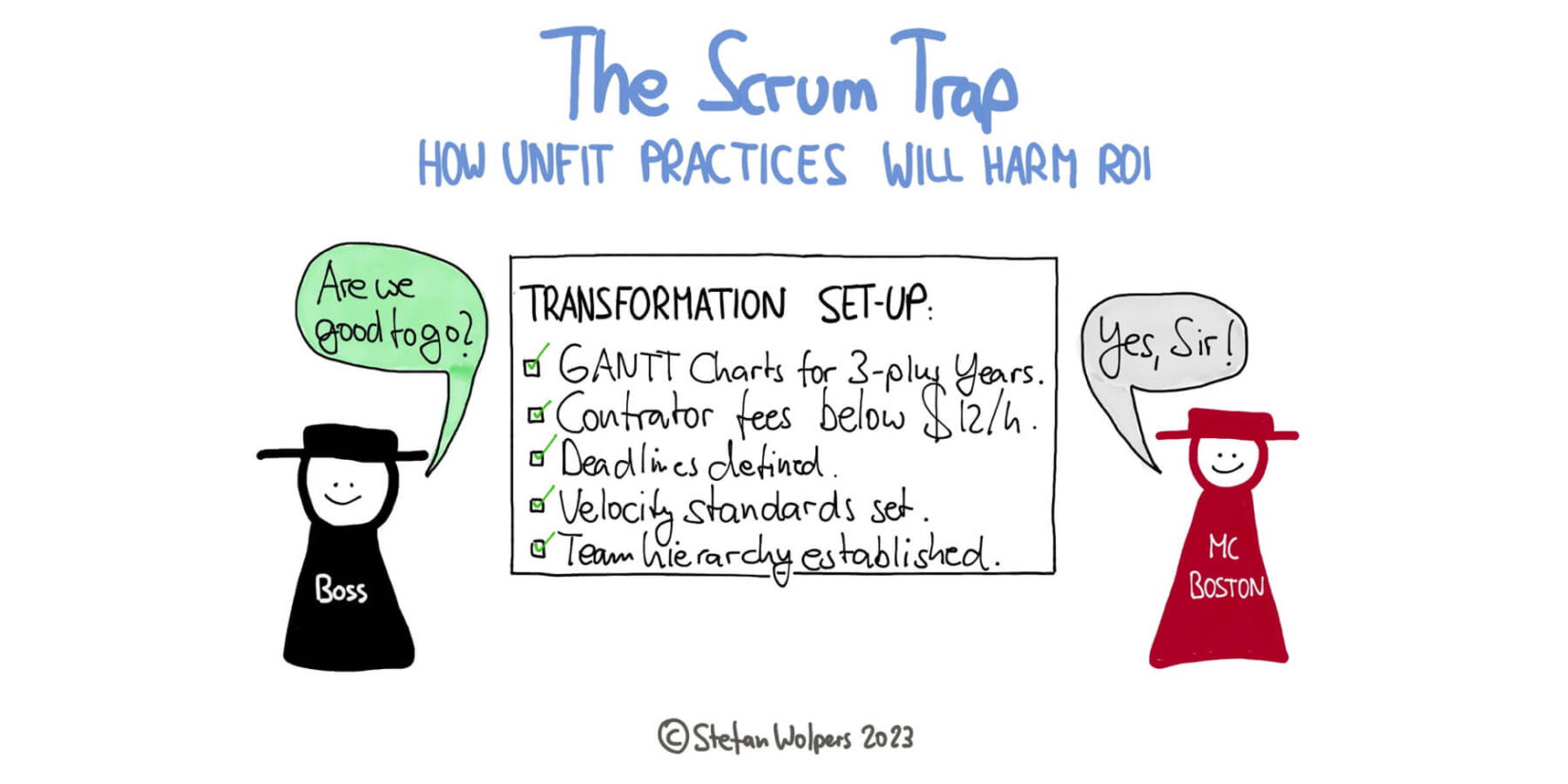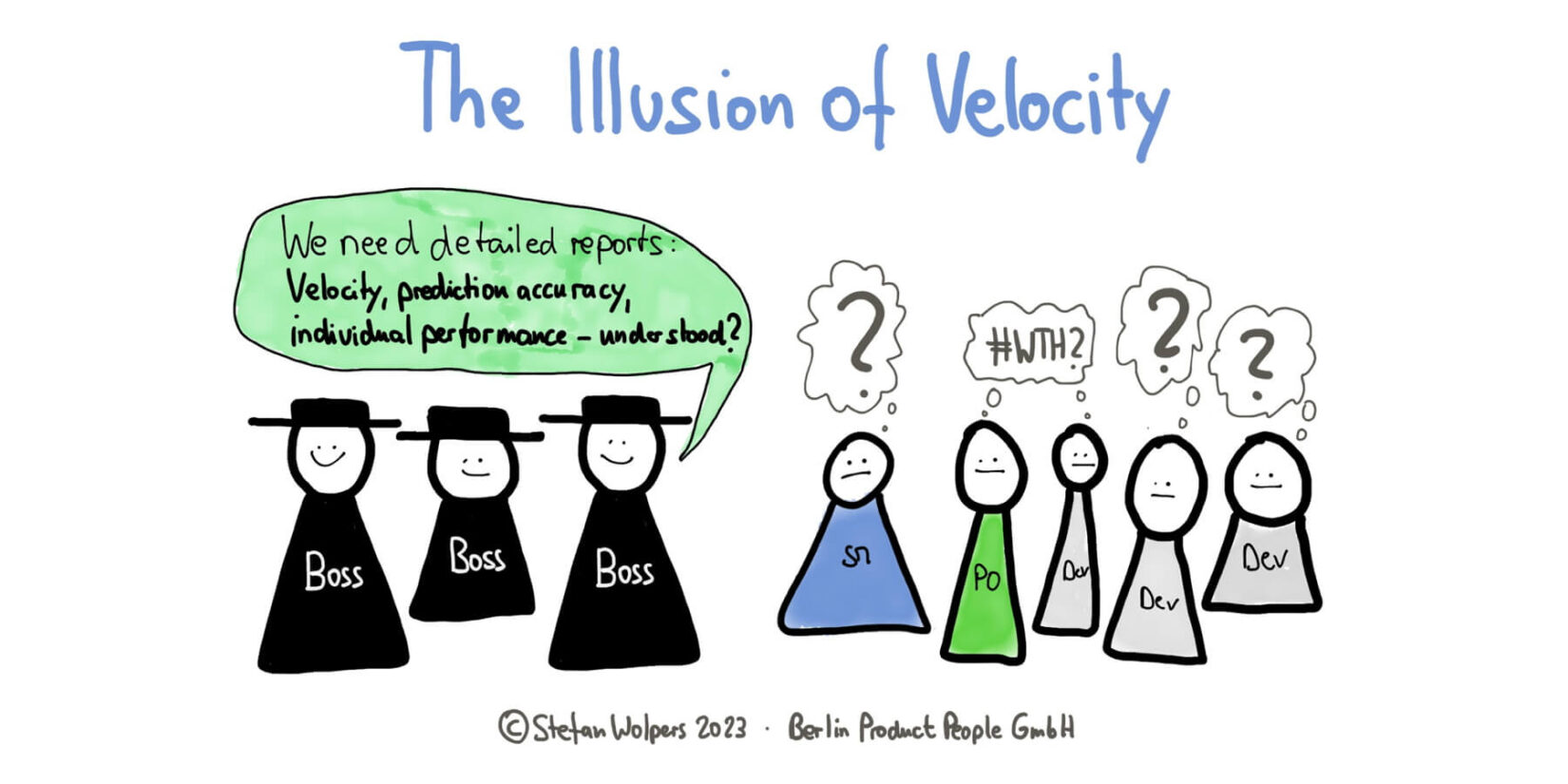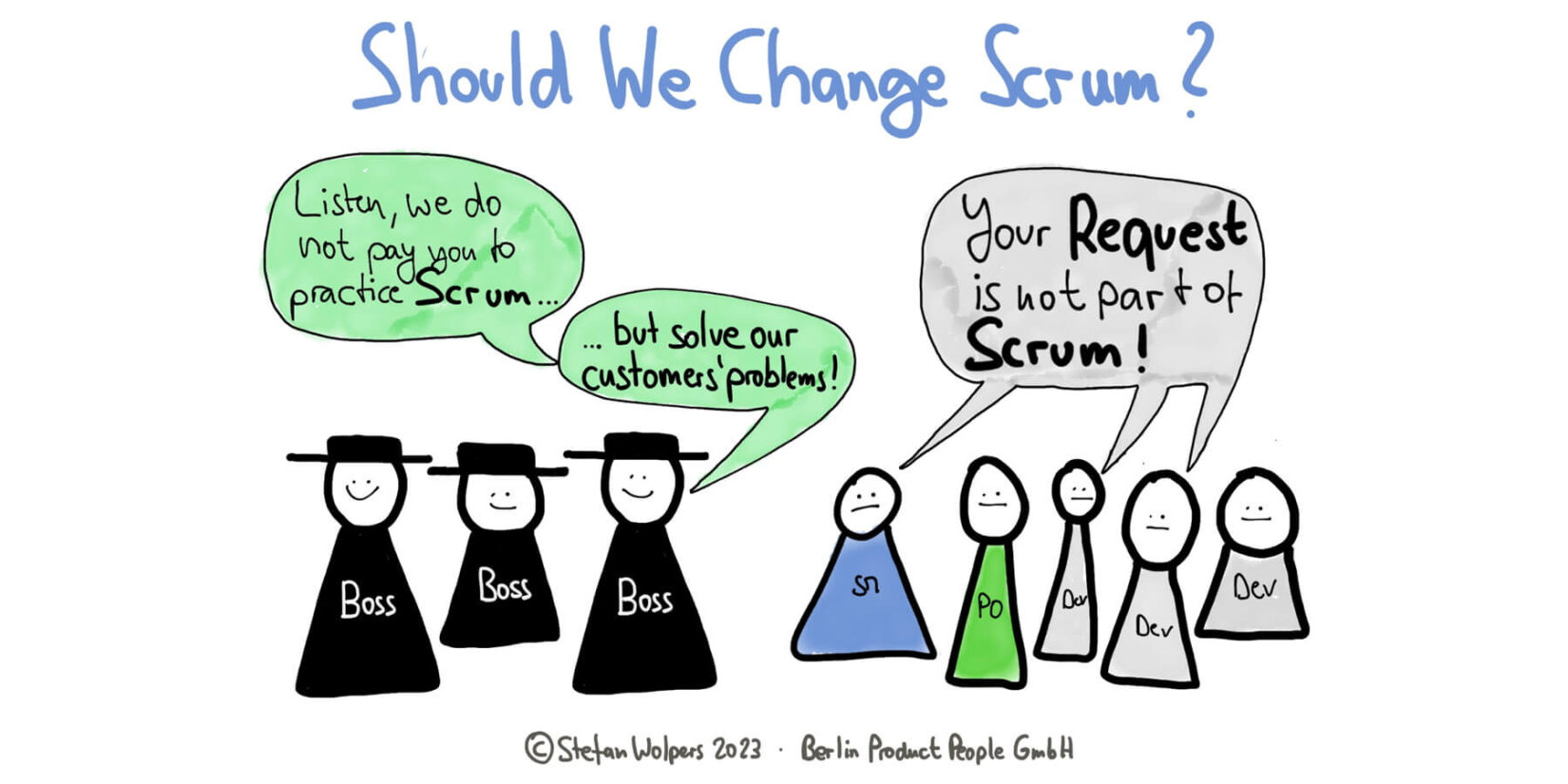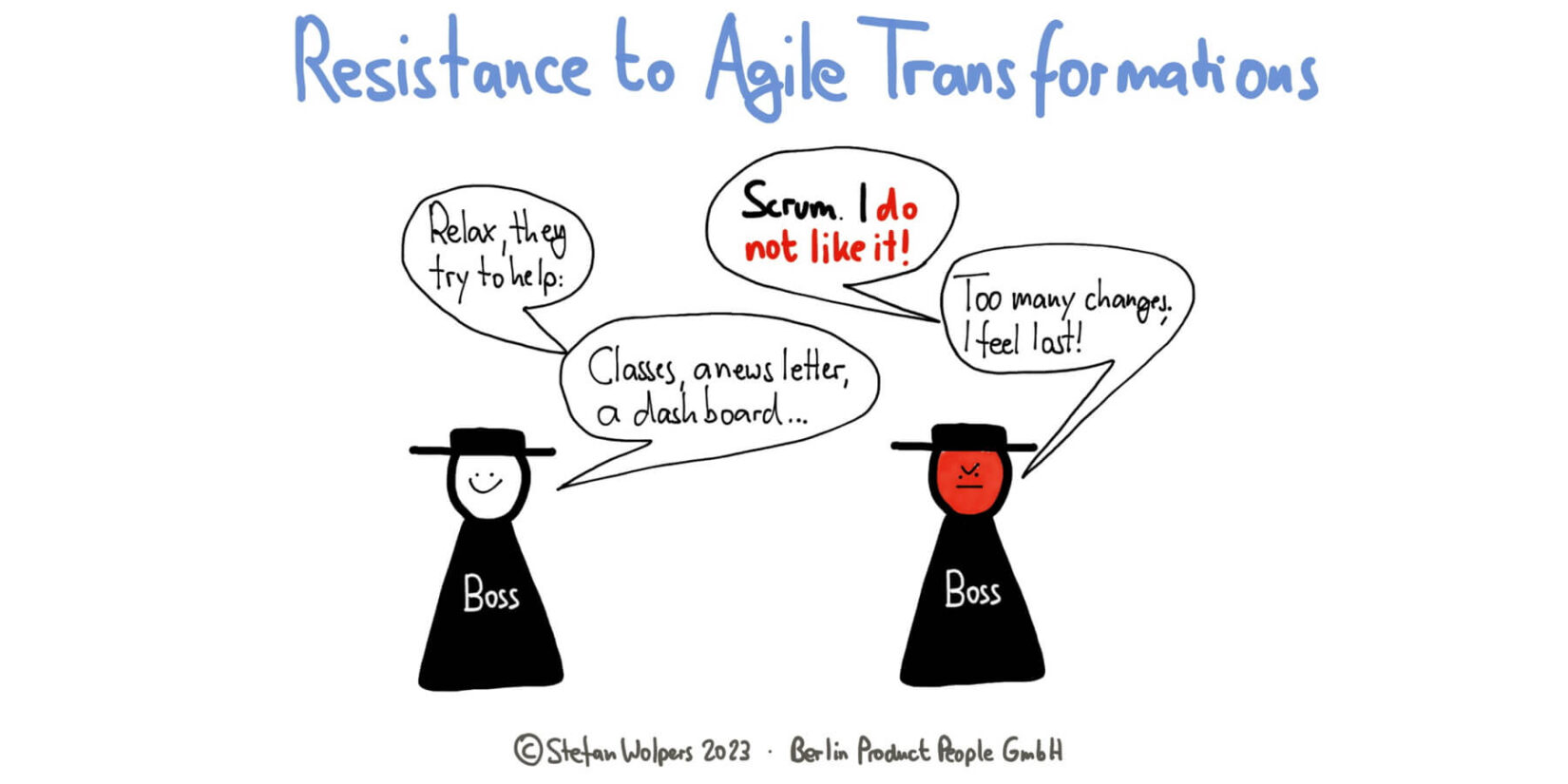TL; DR: Agile Teams as Investors
Stakeholders often regard Scrum and other agile teams as cost centers, primarily focused on executing projects within budgetary confines. This conventional view, however, undervalues their strategic potential. If we reconsider agile teams as investors—carefully allocating their resources to optimize returns—they can significantly impact an organization’s strategic objectives and long-term profitability.
This perspective not only redefines their role but also enhances the effectiveness of their contributions to the business by solving the customers’ problems.






